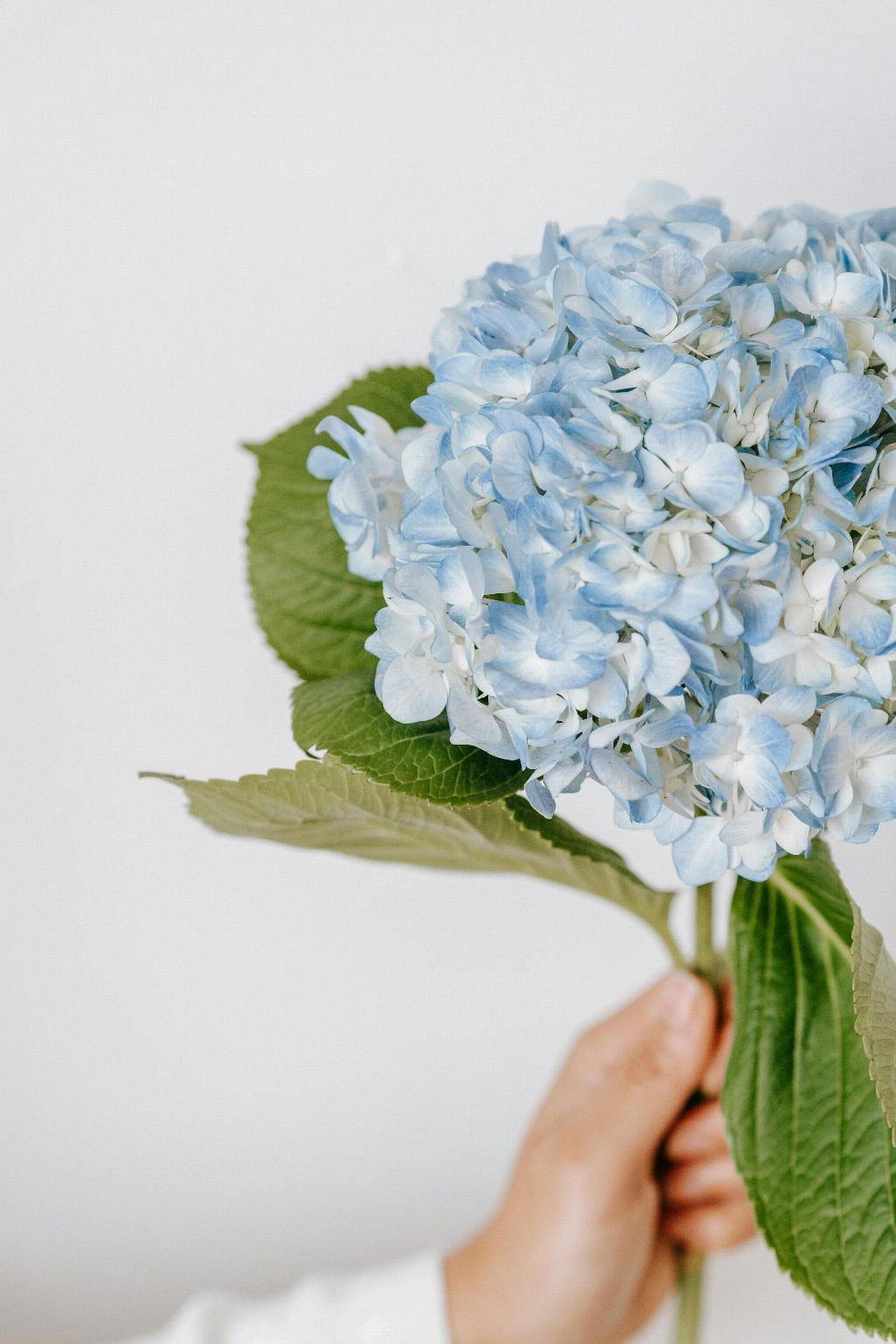When it comes to propagating hydrangeas, timing is key. It’s crucial to choose the right time of year to ensure the success of your propagation efforts. Typically, the best time to propagate hydrangeas is in the spring or early summer when the plant is actively growing.
To start the propagation process, you’ll need to select a healthy branch from your existing hydrangea plant. Look for a branch that is neither too young nor too old—opt for a branch that is mature but still flexible.
Once you’ve chosen a suitable branch, it’s time to prepare it for rooting. Trim the leaves on the lower half of the branch to reduce moisture loss and encourage root development. Make sure to leave a few leaves on the upper half to allow the cutting to continue photosynthesizing.
For an extra boost in root growth, you may consider using rooting hormone on the cut end of the hydrangea branch. Rooting hormone can help stimulate root development and increase the chances of successful propagation.
When it comes to planting your hydrangea cutting, opt for a seed-starting potting mix that is well-draining yet retains moisture. Plant the cutting in the soil, ensuring that at least two nodes are buried beneath the surface to promote root growth.
Proper hydration is essential for the success of your hydrangea cutting. Keep the soil consistently moist but not waterlogged to prevent rotting. Consider misting the leaves occasionally to maintain humidity levels around the cutting.
As you monitor your hydrangea cutting, keep a close eye out for signs of new growth. The appearance of fresh leaves or roots is an indication that your cutting has successfully rooted and is on its way to becoming a new hydrangea plant.
While it may be exciting to see your hydrangea cutting thrive, exercise patience when it comes to transplanting. Wait until the cutting has established a strong root system before moving it to a larger pot or outdoor location.
Transplanting your rooted hydrangea cutting should be done with care to avoid damaging the delicate roots. Choose a location with well-draining soil and partial shade to encourage healthy growth and blooming in your new hydrangea plant.
Remember to continue providing proper care and maintenance to your newly rooted hydrangea plant, including regular watering, fertilization, and pruning as needed. With patience and attention to detail, you can enjoy the beauty of your propagated hydrangea for years to come.

